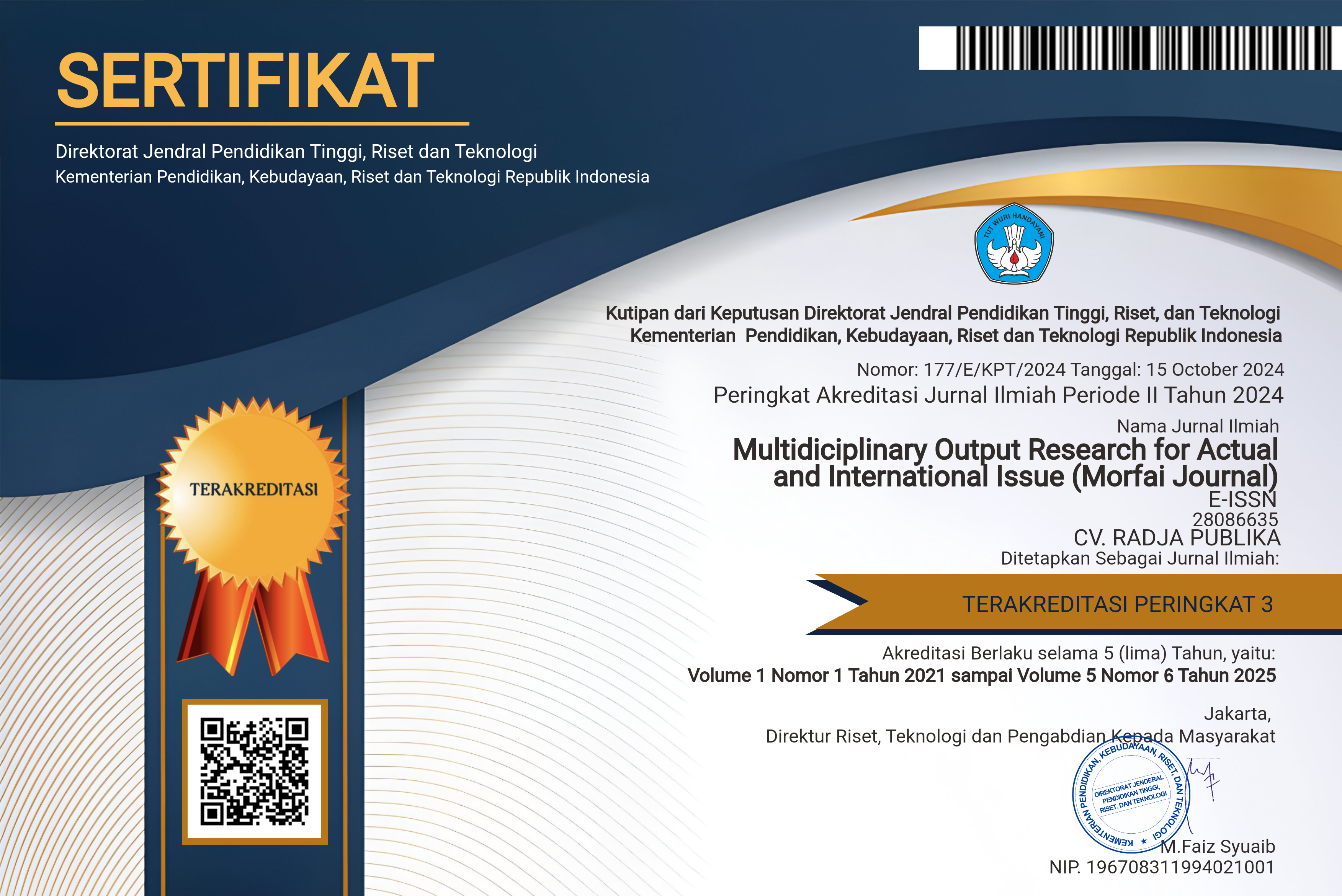LOCAL WISDOM-BASED TOURISM THEATRE: A COMMUNITY EMPOWERMENT MODEL FOR CULTURAL PRESERVATION
Main Article Content
Ni Made Ruastiti
Local wisdom is a cultural resource rich in aesthetic, social, and spiritual values, as well as serving as a community's collective identity. In the context of tourism, local wisdom has great potential to be developed into tourist theater that not only provides entertainment but also conveys authentic cultural narratives. The urgency of this research stems from the need to develop a tourist theater model capable of empowering local communities as key actors, so that the preservation of traditions can go hand in hand with strengthening the creative economy. This research aims to formulate a tourist theater management model based on local wisdom by involving the community, identifying strategies for maintaining cultural values, and measuring its impact on socio-cultural sustainability. The issues raised include formulating a tourist theater concept based on local values, community empowerment strategies, and indicators of successful cultural preservation in the tourism context. This research uses qualitative ethnographic methods through participant observation, in-depth interviews, and documentation analysis, supported by focus group discussions with artists, traditional leaders, and tourism managers. The results show that tourist theater based on local wisdom is effective in building collective awareness, strengthening cultural identity, and increasing community income. The integration of traditional narrative elements, performance aesthetics, and participatory management is key to the success of this model. The novelty of this research lies in the development of a community-based tourism theater model that combines ethnoaesthetics and community-based tourism theories, resulting in a conceptual and practical framework that can be replicated in various areas with cultural tourism potential in Indonesia.
Arnstein, S. R. (1969). A ladder of citizen participation. Journal of the American Institute of Planners, 35(4), 216–224. https://doi.org/10.1080/01944366908977225
Bandem, I. M., & deBoer, F. (1995). Kaja and kelod: Balinese dance in transition. Kuala Lumpur, Malaysia: Oxford University Press.
Chambers, R. (1997). Whose reality counts? Putting the first last. London, England: Intermediate Technology Publications.
Denzin, N. K., & Lincoln, Y. S. (Eds.). (2018). The SAGE handbook of qualitative research (5th ed.). Thousand Oaks, CA: SAGE Publications.
Kaeppler, A. L. (2000). Dance ethnology and the anthropology of dance. Dance Research Journal, 32(1), 116–125. https://doi.org/10.2307/1478281
MacCannell, D. (1976). The tourist: A new theory of the leisure class. Berkeley, CA: University of California Press.
Miles, M. B., Huberman, A. M., & Saldaña, J. (2014). Qualitative data analysis: A methods sourcebook (3rd ed.). Thousand Oaks, CA: SAGE Publications.
Moleong, L. J. (2019). Metodologi penelitian kualitatif (Edisi Revisi). Bandung, Indonesia: Remaja Rosdakarya.
Moscardo, G. (2014). Tourism and community leadership. Annals of Tourism Research, 45, 19–31. https://doi.org/10.1016/j.annals.2013.10.010
Murphy, P. E. (1985). Tourism: A community approach. London, England: Routledge.
Okazaki, E. (2008). A community-based tourism model: Its conception and use. Journal of Sustainable Tourism, 16(5), 511–529. https://doi.org/10.2167/jost782.0
Picard, M. (1996). Bali: Cultural tourism and touristic culture. Singapore: Archipelago Press.
Putra, I. G. N., & Ruastiti, N. M. (2022). Community participation in Balinese performing arts for tourism. Journal of Cultural Tourism Studies, 4(2), 45–60.
Ruastiti, N. M. (2010). Seni Pertunjukan Pariwisata Bali Kemasan Baru Dalam Perspektif Kajian Budaya. Yogyakarta, Indonesia: Kanisius.
Ruastiti, N. M. (2019). Pengetahuan Pariwisata Bali. Papua, Indonesia: Aseni.
Ruastiti, N. M., Karmini, N. W., & Sidia, I. M. (2021). The Balinese Traditional Performance as a Media to Establish Identity and Strengthen Children Talents in The Middle of Global Disruption. Rigeo, 11(7).
Ruastiti, N. M., Indrawan, A. G., & Sariada, I. K. (2021a). Renteng Dance in Saren Village, Nusa Penida as a source of inspiration for the creation of ceremonial dances in Bali. Harmonia: Journal of Arts Research and Education, 21(2), 232–245. https://doi.org/10.15294/harmonia.v21i2.32199
Ruastiti, N. M., Kariasa, I. N., Wibawa, A. P., Suryani, N. K., & Winaja, I. W. (2025). Pemberdayaan Perempuan Melalui Revitalisasi Tradisi Megebeg-Gebegan Sebagai Teater Wisata Budaya Di Bali Utara. Laporan Penelitian Terapan Prototipe. Denpasar: Institut Seni Indonesia Bali.
Ruastiti, N. M., Sudirga, I. K., & Yudarta, I. G. (2021). Wayang Wong Milenial: Inovasi Seni Pertunjukan Pada Era Digital. Yogyakarta, Indonesia: Jejak Pustaka.
Scheyvens, R. (1999). Ecotourism and the empowerment of local communities. Tourism Management, 20(2), 245–249. https://doi.org/10.1016/S0261-5177(98)00069-7
Smith, L. T. (2012). Decolonizing Methodologies: Research And Indigenous Peoples (2nd ed.). London, England: Zed Books.
Spradley, J. P. (1980). Participant Observation. Fort Worth, TX: Harcourt Brace Jovanovich College Publishers.
Thompson, R. F. (1974). African Art In Motion: Icon And Act. Berkeley, CA: University of California Press.









